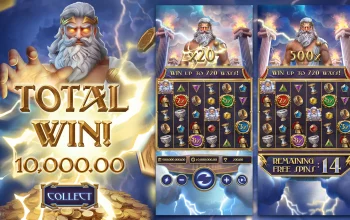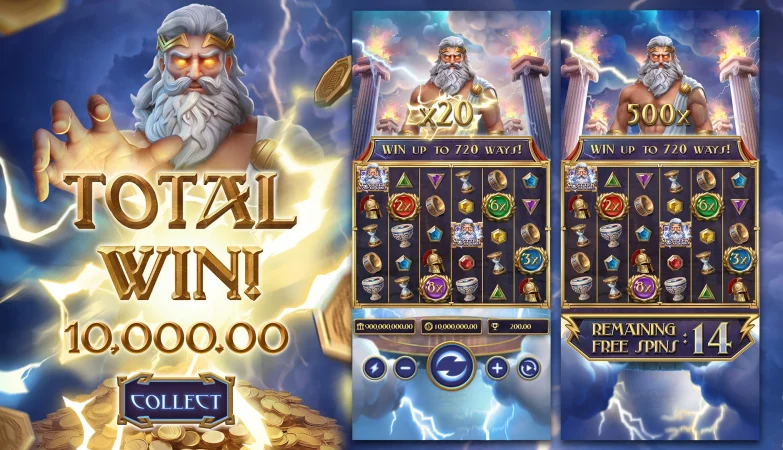Honestly, think of bingo and what comes to mind? For many, it’s the scent of stale coffee and the rustle of paper dabbers in a bustling community hall. It’s the electric tension before a call, the collective groan of a near-miss. It’s a social ritual.
But here’s the deal: that ritual has transformed. Dramatically. The journey of bingo from its traditional roots to the vibrant world of online platforms is a story of adaptation, technology, and a surprising amount of cool innovation. Let’s dive in.
The Golden Age: Bingo in the Hall
It all started, as the best things often do, as a simple game. Its origins trace back to 16th-century Italy, but its modern incarnation took off in the post-war era. Bingo halls became community hubs. They weren’t just about winning a prize; they were about connection.
You’d find a sea of dedicated players, each with their own lucky troll doll or specific seat. The caller was a local celebrity, their voice the conductor of this unique orchestra. The physical act of dabbing numbers—thump, thump, thump—was satisfying. The shout of “BINGO!” was a triumphant event that echoed through the room.
This was bingo at its most tactile. It was a night out. An escape. A place to see friends and feel part of something. The game was slow, deliberate, and deeply, deeply social. But, you know, times change.
The Digital Dawn: Bingo Finds a New Home
The rise of the internet in the late 90s and early 2000s changed everything. Suddenly, you didn’t need to travel to a hall. You could play from your living room. The first online bingo sites were, well, a bit clunky. But they offered something revolutionary: convenience.
This shift wasn’t just about moving the game online. It was a complete reinvention. The core gameplay remained—matching numbers on a ticket—but the experience was supercharged.
Key Innovations That Changed the Game
So what made online bingo so sticky? A few key things:
- Auto-Daub: This was a game-changer. No more frantic dabbing and missing a number. The software marked your cards automatically. This lowered the barrier to entry and let players manage dozens of cards at once.
- Game Speed and Variety: Online platforms introduced 75-ball, 80-ball, and even 90-ball bingo all in one place. Games were faster, with some over in minutes, catering to shorter attention spans.
- The Chat Room: This was the masterstroke. Developers knew they had to replicate the social heart of the game. So they built vibrant chat rooms, moderated by friendly “hosts” who organized mini-games and kept the conversation flowing. It created a new kind of community—a global one.
Playing Bingo on Your Phone: The Ultimate Game-Changer
If the internet brought bingo home, mobile technology let it escape. The rise of smartphones and dedicated bingo apps meant the game could go anywhere. Waiting for a bus? Play a quick game. On your lunch break? There’s a jackpot round starting.
This mobile bingo accessibility tapped into a new demographic. Suddenly, the game wasn’t just for your nan. It was for a younger, tech-savvy audience who craved quick, engaging entertainment on the go. The game shed its old-fashioned skin and became… cool.
Comparing the Experiences: A Side-by-Side Look
| Aspect | Traditional Bingo Hall | Online Bingo Platform |
| Atmosphere | Bustling, loud, tangible community feel. | Convenient, customizable, virtual global community. |
| Game Pace | Slower, methodical, one main game focus. | Fast, multiple games & side games simultaneously. |
| Social Interaction | Face-to-face, direct conversation. | Text-based chat rooms, emojis, virtual gifting. |
| Cost & Accessibility | Ticket price, travel cost, fixed schedules. | Wide range of stakes, free-to-play options, 24/7 access. |
| Variety | Limited to the hall’s schedule (usually 75 or 90-ball). | Dozens of bingo variants, slots, and instant-win games. |
The Future is a Hybrid
So, has online bingo killed the bingo hall? Not exactly. While their numbers have declined, many halls are still thriving by leaning into what they do best: being a real-world event. They are experiences. They offer a night out that a screen can’t fully replicate.
In fact, the future seems to be a blend of both. Some traditional halls now host “online bingo” nights, projecting digital games onto big screens. Online operators run live events to bring their virtual communities together in person. The line is blurring in the best way possible.
The evolution of bingo is a lesson in resilience. It’s a game that refused to become a relic. By embracing technology—first the internet, then mobile—it didn’t just survive; it found a new, powerful voice. It traded the echo of a community hall for the ping of a global chat room, proving that the human desire for a little luck and a lot of connection is, honestly, un-daubable.









